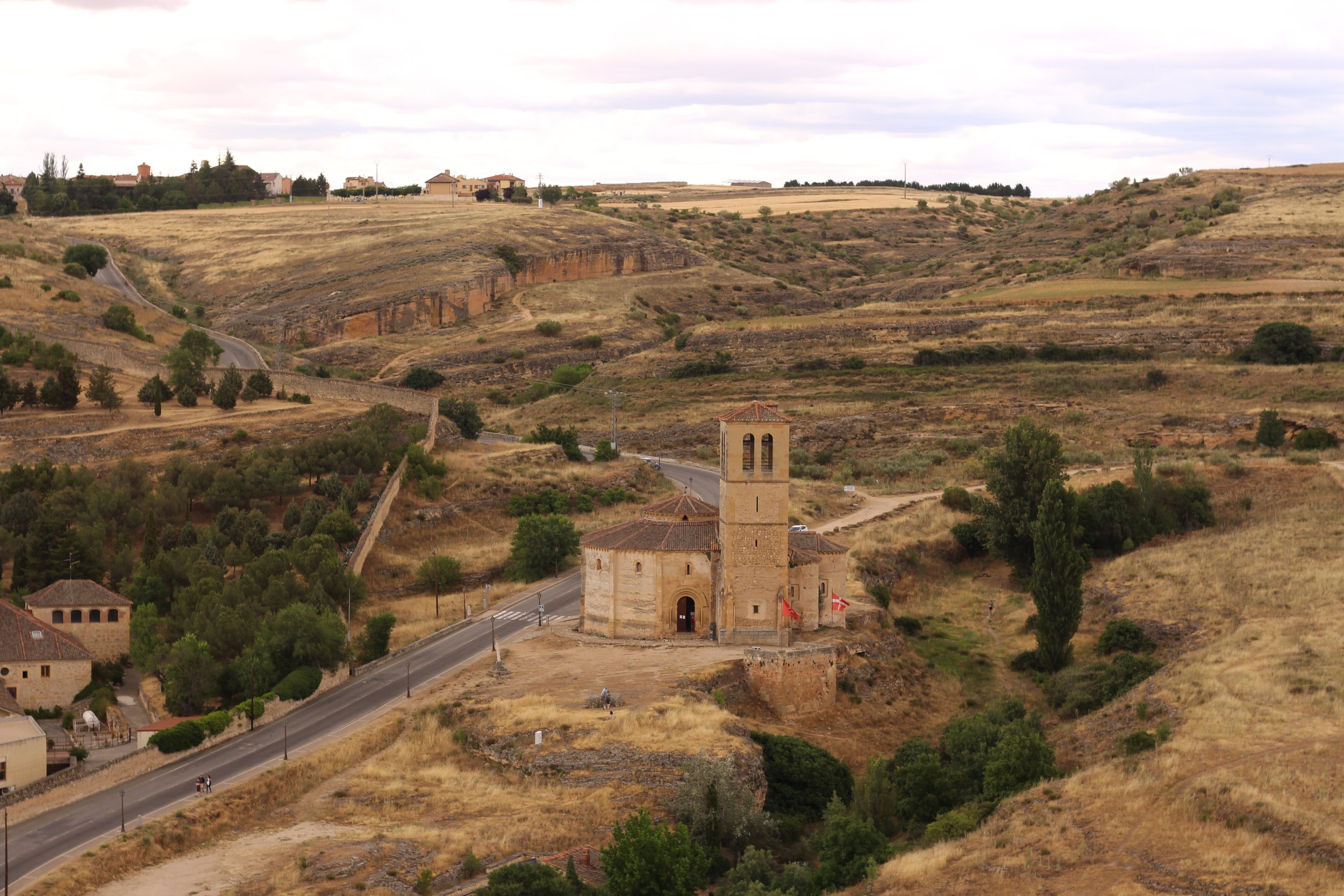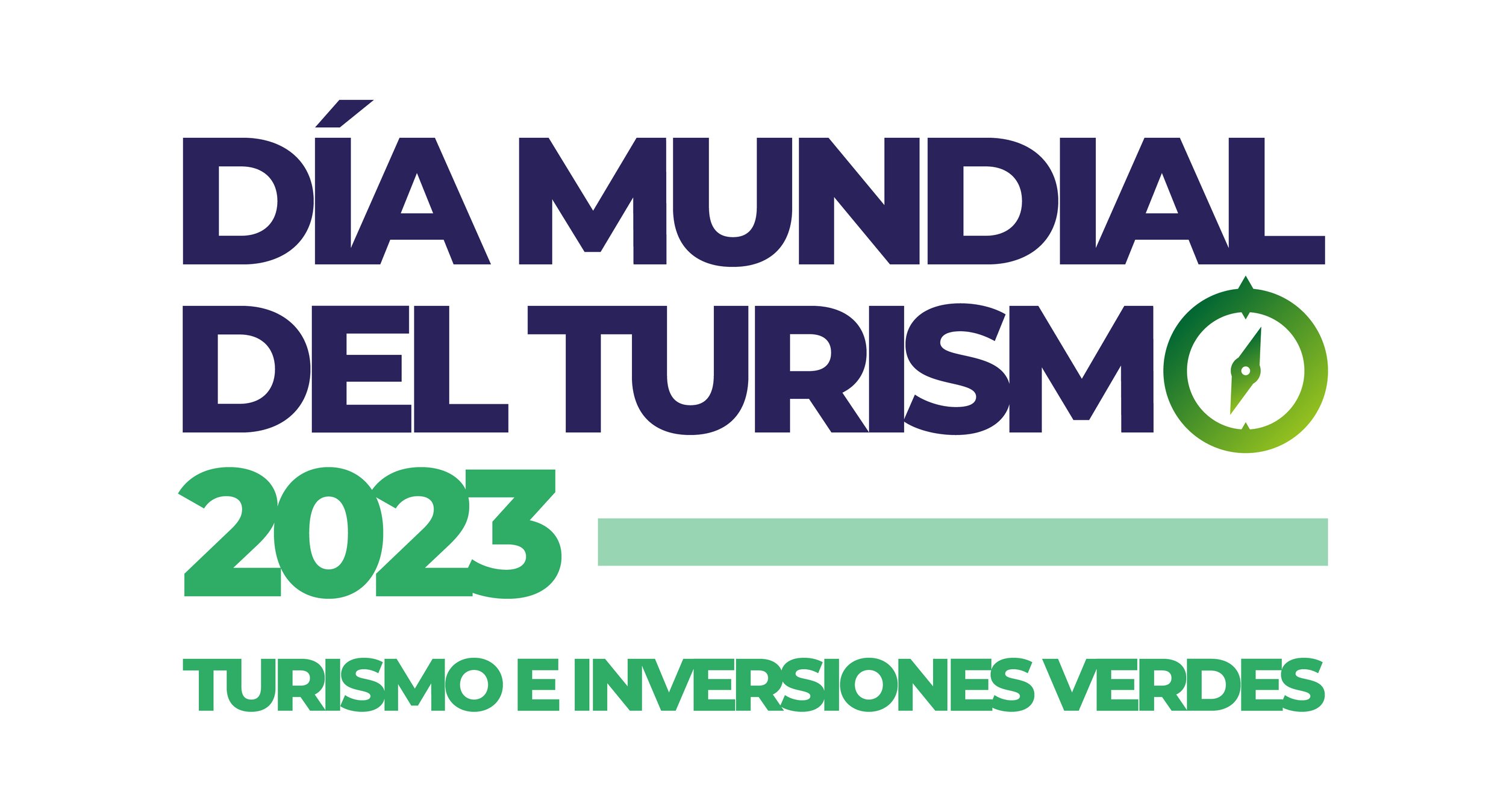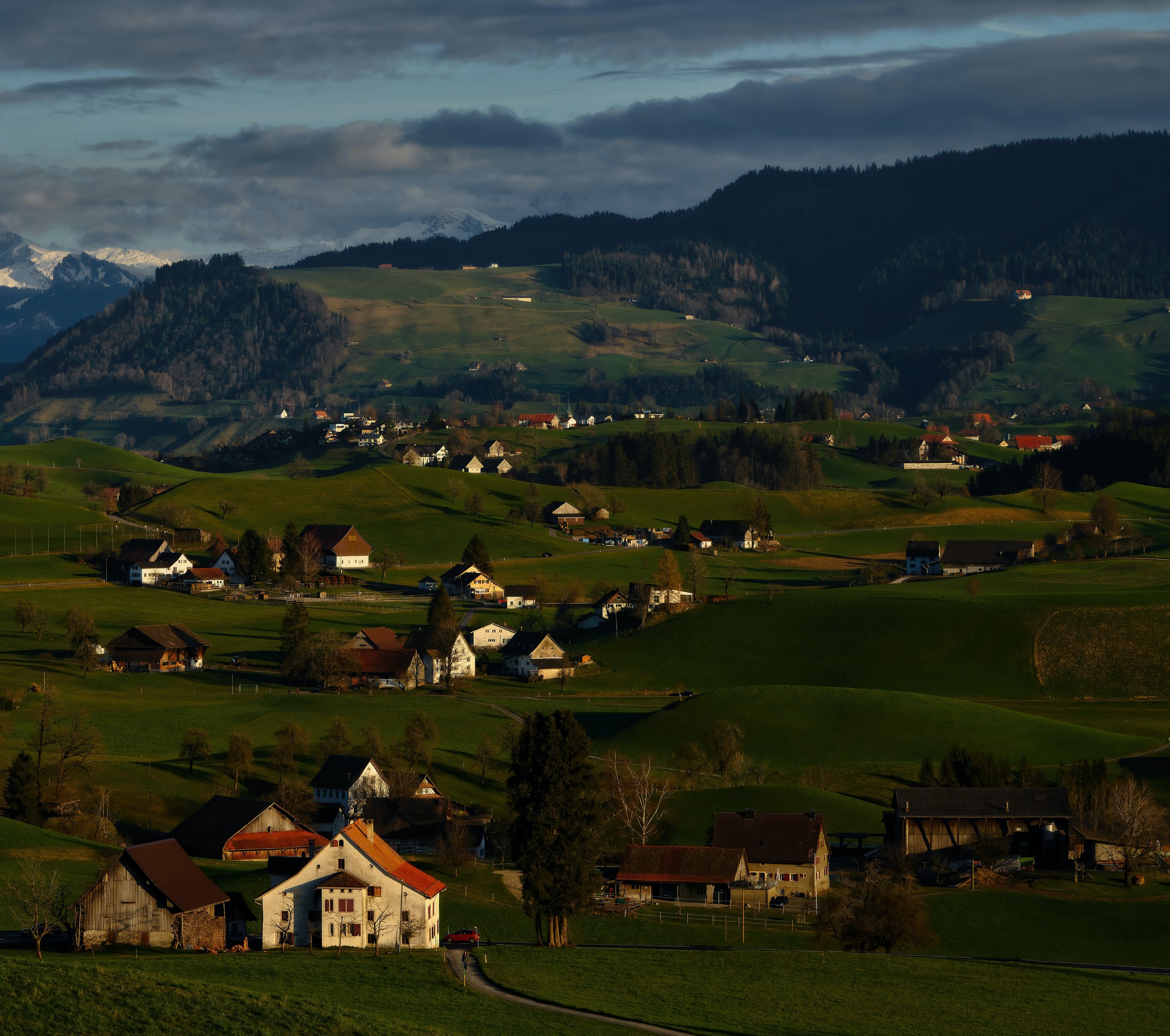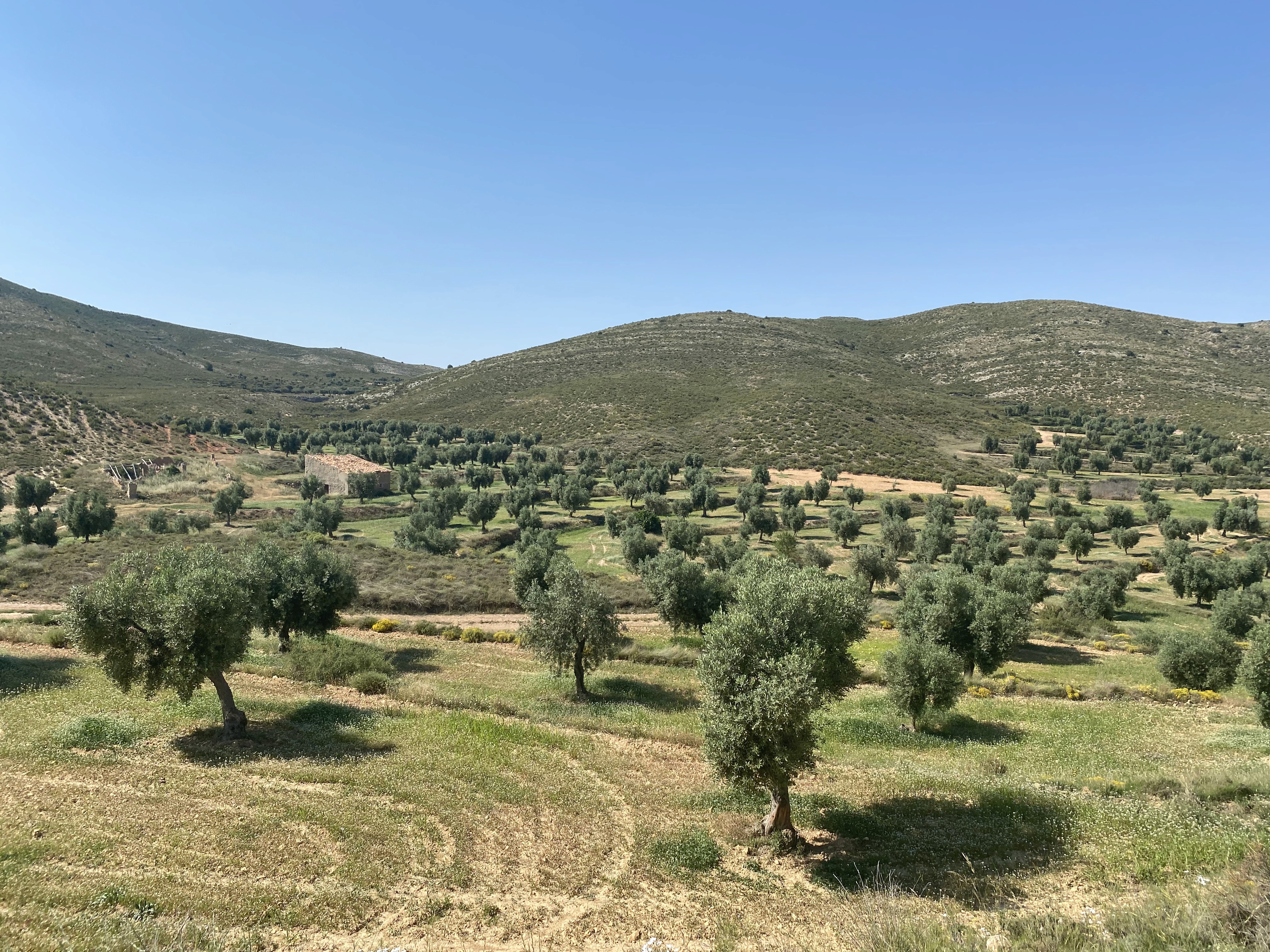Regenerative tourism
Regenerative tourism
Depopulation and accessibility to enhance a tourist destination
Depopulation and accessibility to enhance a tourist destination
27 de septiembre de 2023


By Sandra Campos, consultant specialized in tourism and Pako Rodríguez, head of the tourism area. (Originally published in Spanish)
Today is the World Tourism Day, promoted by the UNWTO, dedicated to green investments (1), an investment in people, the planet, and prosperity. It is at this point where universal inclusion must not be absent as a formula for investment, both in daily life and when travelling. Accessibility is one of its pillars.

Making sparsely populated rural areas minimally accessible becomes a challenge at the level of public policies, affecting both residents and visitors. Tourism can be a tool for the demographic, social, and economic revitalisation of these territories that suffer from the loss of residents, who particularly move towards areas better suited for people with some type of access needs.
The inclusion of universal accessibility in any tourism planning from the very outset not only improves the lives of current residents but also opens doors to potential new inhabitants and, at a tourism level, places the territory on the map of destinations that can be visited by a demand that has many difficulties when planning their holidays due to the widespread lack of suitable or adapted supply. That is to say, we are not only talking about a matter of social justice; there is also potential profitability that allows this expenditure to become a future investment. The figures regarding people who have and will have some type of dependence reflect this, which, combined with data on the growth of rural tourism, formulate a very interesting combination.
The accessibility of rural areas in data - growth and importance of rural tourism
The inability to visit rural environments and spaces can hinder the social interaction of individuals with their consequent physical, economic, and social impact, but it is also a subject of exclusion and inequality for people with disabilities. Not only from the perspective of the destinations they can or cannot travel to but also from a viewpoint of education or training, employment opportunities, or the acquisition of basic services such as healthcare. In fact, nearly 40% of people with disabilities (2) have additional healthcare needs. However, a quarter of rural municipalities lack a Health Centre (3), despite the fact that 11.7% of the population living in rural areas has some type of disability, according to the National Congress on Disability in Rural Areas in 2007.
The socioeconomic indicators in these areas are normally below the average compared to other territories, especially regarding infrastructure, services, transportation, or technology. Societies are structured and shaped based on urban-centric criteria that harm those who are not within the average spectrum, both in the territorial sphere and in terms of capabilities.
Moreover, a greater aging population is observed in rural areas than in urban ones. Thus, while in rural areas 37% of people with disabilities are over 80 years old, in urban areas this percentage is 32% (4).
Regarding the level of accessible supply, as mentioned at the beginning, the data is alarming. The general supply in Spain (both rural and urban environments) does not exceed 10%, which leads, according to various studies, to 60% of people with disabilities not travelling due to lack of adapted supply (5). This data can be extended to the rest of the European continent where, according to studies by the Union, 90% of companies do not promote accessibility in their marketing actions (6).
However, the data in rural environments is even more complicated, as it does not even exist. While it is possible to rely on information provided by various rural accommodation platforms, this data cannot be considered 100% reliable. On one hand, they focus solely on terms of accommodation, leaving out the rest of the tourism value chain. On the other hand, they do not account for the total number of accommodations that actually offer accessible options, as they only count those listed on their platforms, whose promotion may also be published simultaneously on different websites. Finally, we also cannot take the number of accessible accommodations provided at face value, since, in addition to not being subject to audits, many establishments that are accessible are not promoted as such, and vice versa, either due to lack of information or knowledge, or both causes at the same time.
This lack of data is merely a symptom of the reality of rural spaces:
Difficulties in collecting, processing, and analysing data. The reality of rural environments rarely matches the official reports. There is a significant gap between the censused population and those who actually live in these environments, which not only hinders decision-making but also the analysis of their situation.
The insufficiency of basic services is a fact for more than 5.5 million people living in rural areas in Spain (7). This fact is undoubtedly a confirmation of the lack of accessibility in these spaces, reducing interest in them either for temporary visits or permanent residence.
All of this creates a continuous spiral of progressive population decline, of economic and employment opportunities, and thereby, of services, which again feeds back into the loss of population.
Regarding the importance of rural tourism, it not only increases the range of tourism possibilities but also brings the natural environment and its conservation importance closer to those who engage in it. But the benefits this type of tourism offers go beyond that. The generation of economy derived from tourism contributes to local economic development and, therefore, also to social development, due to the increase in job offers and opportunities for the local population. This, in turn, favours the persistence of these individuals in rural environments, thus slowing down depopulation. This mitigation of depopulation also benefits the environments, caring for the land, preventing desertification and acidification of the same, and protecting them from the abandonment of fields that cause countless fires.

Benefits of tourism for the rural tourism industry
Accessible tourism is not only positive (and essential) for the population with disabilities; it is also beneficial for those who require accessible measures: older persons, those with temporary disabilities, those accompanied by small children or strollers… Specifically, the World Health Organization estimates that 40% of people will need assistance with disabilities at some point in their lives (8). Therefore, the idea of making destinations accessible becomes an opportunity for differentiation and a basic element of their quality (9).
In fact, there are multiple benefits associated with the implementation of accessibility in territories and organisations (10):
Increase in market share: including the population with access needs into the potential demand for the destination increases the available market share, thereby increasing the viability level of the organisation or destination.
Improvement of the destination or organisation's image: the gradual creation of corporate or destination image conditions habits and shapes consumer behaviours.
Attracting "multi-client" travellers: according to the Report for an Accessible Europe for Tourists with Disabilities by the European Commission, half of these tourists travel with companions, meaning traditional figures on the tourism potential of accessibility are not accurate.
Desseasonalising effect: the availability of many people with access needs contributes to travel throughout the year, even reinforcing it during low seasons.
Segment with higher average daily spending: tourists with special needs spend 28% more on their travels than those tourists without any limitations (11).
This adaptation, coupled with the aforementioned aging, also leads to other opportunities for the tourism industry:
Increased demand for experiential products and services.
Increased spending on health and wellness and caregiving products.
Increase in products related to aging.
The integration of accessibility in environments fosters green investment and the development of destinations and organisations, which is positive not only for travellers but also for the resident population. These populations, especially in rural environments, tend to age. Moreover, this integration contributes to job creation and, consequently, to equal opportunities from a global perspective, all of which helps mitigate depopulation.

Impact of tourism on the development of these areas
It is possible to practically visualize the positive impacts of implementing accessibility in the development of rural areas through initiatives already launched and with proven positive impact.
An example of this is the municipality of Kaunertal (Austria), a member of the Best Tourism Villages network of UNWTO since 2021 (12). With a population of just 600 inhabitants, Kaunertal is a small locality located in the southwest of the country, in the region of the famous glacier “Gepatschferner”. Since its initial development as a tourist destination, it has bet on inclusion and accessibility in the creation of offers and services related to high mountain. The opening of the first barrier-free hotel in the Alps by a local entrepreneur had a ripple effect that spread to other tourism players, being adopted by local entities throughout the region and even by the park itself. The value of this initiative “freedom of mountain in Kaunertal” has not only fostered development of the destination through universal inclusion, but it has also served as inspiration for other destinations and actors, who see accessible tourism as an untapped market niche.
Conclusions: the removal of barriers as a means of territorial revitalisation
“People with disabilities in an accessible environment are non-disabled people. Non-disabled people in an inaccessible environment are disabled people”— Benedetto, 2023.
The configuration of spaces around the potential of tourism activity in conjunction with the design of territories linked to it makes the tourism sector not only a source of development for spaces but also a key player in the removal of barriers and limitations imposed by the environment. The result, as we have seen, can be to stimulate the halt of depopulation. This improves not only the quality of the tourist experience but also the quality of life of residents, aiming for a universal, responsible, sustainable tourism industry with a positive impact. Continuing with the theme of World Tourism Day, there is no greener investment than betting on revitalising territories and their inclusive and universal development.
References
1) https://www.unwto.org/es/events/world-tourism-day-2023
3) https://imserso.es/documents/20123/1839485/162reportaje.pdf/8f6de357-d730-22e3-7a51-e9084e5fa20e
8) World Health Organization, (2011). World Report on Disability. Malta: World Health Organization. https://www.who.int/disabilities/world_report/2011/summary_es.pdf?ua=1
9) World Tourism Organization, (2014). Manual on Accessible Tourism for All: Principles, tools, and good practices - Module I: Accessible Tourism – definition and context, Madrid: UNWTO. https://www.tur4all.es/documents/publications/otras-publicaciones/2.pdf
10) Pérez Marcos, D. and González Velasco, D.J., (2003). Accessible tourism: Towards tourism for all (4). Galenas: Spanish Committee of Representatives of People with Disabilities – CERMI.
11) Universal Accessibility Observatory of Tourism in Spain, (2017). Madrid: Royal Patronage on Disability and Ministry of Energy, Tourism, and Digital Agenda. http://www.ttd-congress.com/sites/default/files/observatorio_de_turismo_110917_4.pdf
12) https://www.unwto.org/tourism-villages/es/villages/kaunertal/
By Sandra Campos, consultant specialized in tourism and Pako Rodríguez, head of the tourism area. (Originally published in Spanish)
Today is the World Tourism Day, promoted by the UNWTO, dedicated to green investments (1), an investment in people, the planet, and prosperity. It is at this point where universal inclusion must not be absent as a formula for investment, both in daily life and when travelling. Accessibility is one of its pillars.

Making sparsely populated rural areas minimally accessible becomes a challenge at the level of public policies, affecting both residents and visitors. Tourism can be a tool for the demographic, social, and economic revitalisation of these territories that suffer from the loss of residents, who particularly move towards areas better suited for people with some type of access needs.
The inclusion of universal accessibility in any tourism planning from the very outset not only improves the lives of current residents but also opens doors to potential new inhabitants and, at a tourism level, places the territory on the map of destinations that can be visited by a demand that has many difficulties when planning their holidays due to the widespread lack of suitable or adapted supply. That is to say, we are not only talking about a matter of social justice; there is also potential profitability that allows this expenditure to become a future investment. The figures regarding people who have and will have some type of dependence reflect this, which, combined with data on the growth of rural tourism, formulate a very interesting combination.
The accessibility of rural areas in data - growth and importance of rural tourism
The inability to visit rural environments and spaces can hinder the social interaction of individuals with their consequent physical, economic, and social impact, but it is also a subject of exclusion and inequality for people with disabilities. Not only from the perspective of the destinations they can or cannot travel to but also from a viewpoint of education or training, employment opportunities, or the acquisition of basic services such as healthcare. In fact, nearly 40% of people with disabilities (2) have additional healthcare needs. However, a quarter of rural municipalities lack a Health Centre (3), despite the fact that 11.7% of the population living in rural areas has some type of disability, according to the National Congress on Disability in Rural Areas in 2007.
The socioeconomic indicators in these areas are normally below the average compared to other territories, especially regarding infrastructure, services, transportation, or technology. Societies are structured and shaped based on urban-centric criteria that harm those who are not within the average spectrum, both in the territorial sphere and in terms of capabilities.
Moreover, a greater aging population is observed in rural areas than in urban ones. Thus, while in rural areas 37% of people with disabilities are over 80 years old, in urban areas this percentage is 32% (4).
Regarding the level of accessible supply, as mentioned at the beginning, the data is alarming. The general supply in Spain (both rural and urban environments) does not exceed 10%, which leads, according to various studies, to 60% of people with disabilities not travelling due to lack of adapted supply (5). This data can be extended to the rest of the European continent where, according to studies by the Union, 90% of companies do not promote accessibility in their marketing actions (6).
However, the data in rural environments is even more complicated, as it does not even exist. While it is possible to rely on information provided by various rural accommodation platforms, this data cannot be considered 100% reliable. On one hand, they focus solely on terms of accommodation, leaving out the rest of the tourism value chain. On the other hand, they do not account for the total number of accommodations that actually offer accessible options, as they only count those listed on their platforms, whose promotion may also be published simultaneously on different websites. Finally, we also cannot take the number of accessible accommodations provided at face value, since, in addition to not being subject to audits, many establishments that are accessible are not promoted as such, and vice versa, either due to lack of information or knowledge, or both causes at the same time.
This lack of data is merely a symptom of the reality of rural spaces:
Difficulties in collecting, processing, and analysing data. The reality of rural environments rarely matches the official reports. There is a significant gap between the censused population and those who actually live in these environments, which not only hinders decision-making but also the analysis of their situation.
The insufficiency of basic services is a fact for more than 5.5 million people living in rural areas in Spain (7). This fact is undoubtedly a confirmation of the lack of accessibility in these spaces, reducing interest in them either for temporary visits or permanent residence.
All of this creates a continuous spiral of progressive population decline, of economic and employment opportunities, and thereby, of services, which again feeds back into the loss of population.
Regarding the importance of rural tourism, it not only increases the range of tourism possibilities but also brings the natural environment and its conservation importance closer to those who engage in it. But the benefits this type of tourism offers go beyond that. The generation of economy derived from tourism contributes to local economic development and, therefore, also to social development, due to the increase in job offers and opportunities for the local population. This, in turn, favours the persistence of these individuals in rural environments, thus slowing down depopulation. This mitigation of depopulation also benefits the environments, caring for the land, preventing desertification and acidification of the same, and protecting them from the abandonment of fields that cause countless fires.

Benefits of tourism for the rural tourism industry
Accessible tourism is not only positive (and essential) for the population with disabilities; it is also beneficial for those who require accessible measures: older persons, those with temporary disabilities, those accompanied by small children or strollers… Specifically, the World Health Organization estimates that 40% of people will need assistance with disabilities at some point in their lives (8). Therefore, the idea of making destinations accessible becomes an opportunity for differentiation and a basic element of their quality (9).
In fact, there are multiple benefits associated with the implementation of accessibility in territories and organisations (10):
Increase in market share: including the population with access needs into the potential demand for the destination increases the available market share, thereby increasing the viability level of the organisation or destination.
Improvement of the destination or organisation's image: the gradual creation of corporate or destination image conditions habits and shapes consumer behaviours.
Attracting "multi-client" travellers: according to the Report for an Accessible Europe for Tourists with Disabilities by the European Commission, half of these tourists travel with companions, meaning traditional figures on the tourism potential of accessibility are not accurate.
Desseasonalising effect: the availability of many people with access needs contributes to travel throughout the year, even reinforcing it during low seasons.
Segment with higher average daily spending: tourists with special needs spend 28% more on their travels than those tourists without any limitations (11).
This adaptation, coupled with the aforementioned aging, also leads to other opportunities for the tourism industry:
Increased demand for experiential products and services.
Increased spending on health and wellness and caregiving products.
Increase in products related to aging.
The integration of accessibility in environments fosters green investment and the development of destinations and organisations, which is positive not only for travellers but also for the resident population. These populations, especially in rural environments, tend to age. Moreover, this integration contributes to job creation and, consequently, to equal opportunities from a global perspective, all of which helps mitigate depopulation.

Impact of tourism on the development of these areas
It is possible to practically visualize the positive impacts of implementing accessibility in the development of rural areas through initiatives already launched and with proven positive impact.
An example of this is the municipality of Kaunertal (Austria), a member of the Best Tourism Villages network of UNWTO since 2021 (12). With a population of just 600 inhabitants, Kaunertal is a small locality located in the southwest of the country, in the region of the famous glacier “Gepatschferner”. Since its initial development as a tourist destination, it has bet on inclusion and accessibility in the creation of offers and services related to high mountain. The opening of the first barrier-free hotel in the Alps by a local entrepreneur had a ripple effect that spread to other tourism players, being adopted by local entities throughout the region and even by the park itself. The value of this initiative “freedom of mountain in Kaunertal” has not only fostered development of the destination through universal inclusion, but it has also served as inspiration for other destinations and actors, who see accessible tourism as an untapped market niche.
Conclusions: the removal of barriers as a means of territorial revitalisation
“People with disabilities in an accessible environment are non-disabled people. Non-disabled people in an inaccessible environment are disabled people”— Benedetto, 2023.
The configuration of spaces around the potential of tourism activity in conjunction with the design of territories linked to it makes the tourism sector not only a source of development for spaces but also a key player in the removal of barriers and limitations imposed by the environment. The result, as we have seen, can be to stimulate the halt of depopulation. This improves not only the quality of the tourist experience but also the quality of life of residents, aiming for a universal, responsible, sustainable tourism industry with a positive impact. Continuing with the theme of World Tourism Day, there is no greener investment than betting on revitalising territories and their inclusive and universal development.
References
1) https://www.unwto.org/es/events/world-tourism-day-2023
3) https://imserso.es/documents/20123/1839485/162reportaje.pdf/8f6de357-d730-22e3-7a51-e9084e5fa20e
8) World Health Organization, (2011). World Report on Disability. Malta: World Health Organization. https://www.who.int/disabilities/world_report/2011/summary_es.pdf?ua=1
9) World Tourism Organization, (2014). Manual on Accessible Tourism for All: Principles, tools, and good practices - Module I: Accessible Tourism – definition and context, Madrid: UNWTO. https://www.tur4all.es/documents/publications/otras-publicaciones/2.pdf
10) Pérez Marcos, D. and González Velasco, D.J., (2003). Accessible tourism: Towards tourism for all (4). Galenas: Spanish Committee of Representatives of People with Disabilities – CERMI.
11) Universal Accessibility Observatory of Tourism in Spain, (2017). Madrid: Royal Patronage on Disability and Ministry of Energy, Tourism, and Digital Agenda. http://www.ttd-congress.com/sites/default/files/observatorio_de_turismo_110917_4.pdf
12) https://www.unwto.org/tourism-villages/es/villages/kaunertal/


